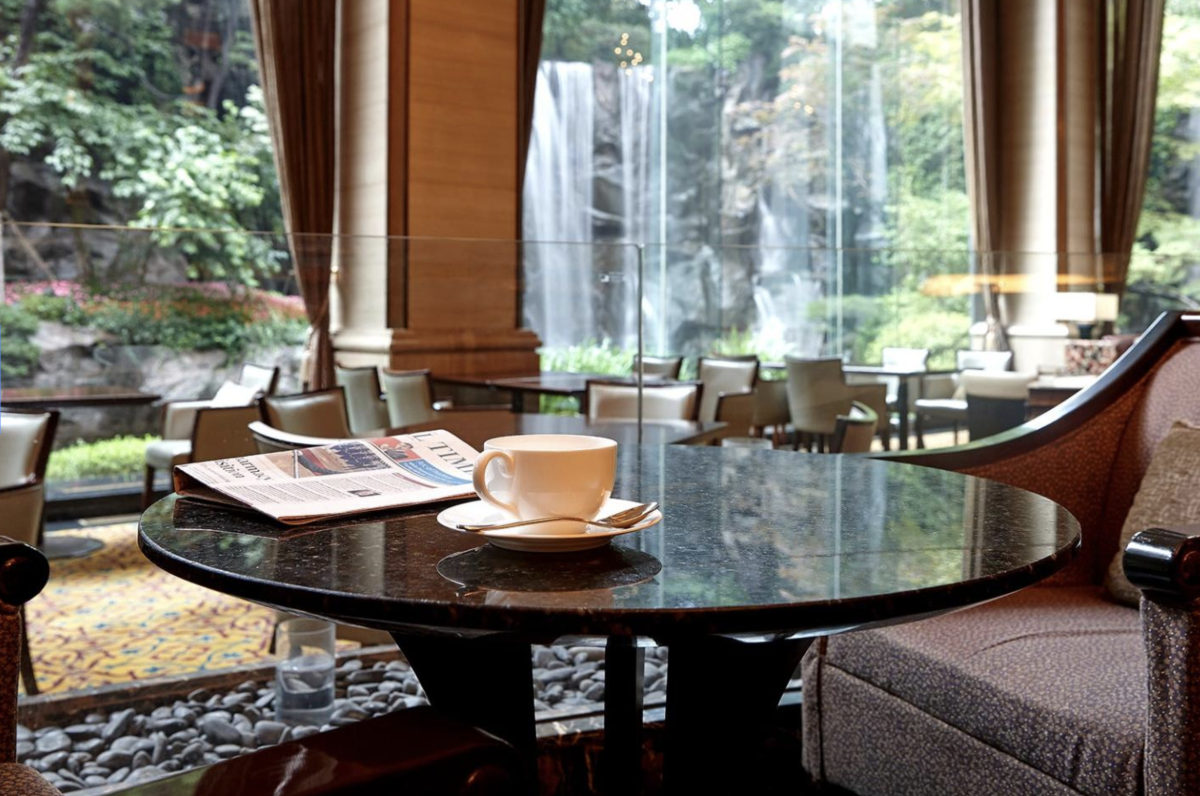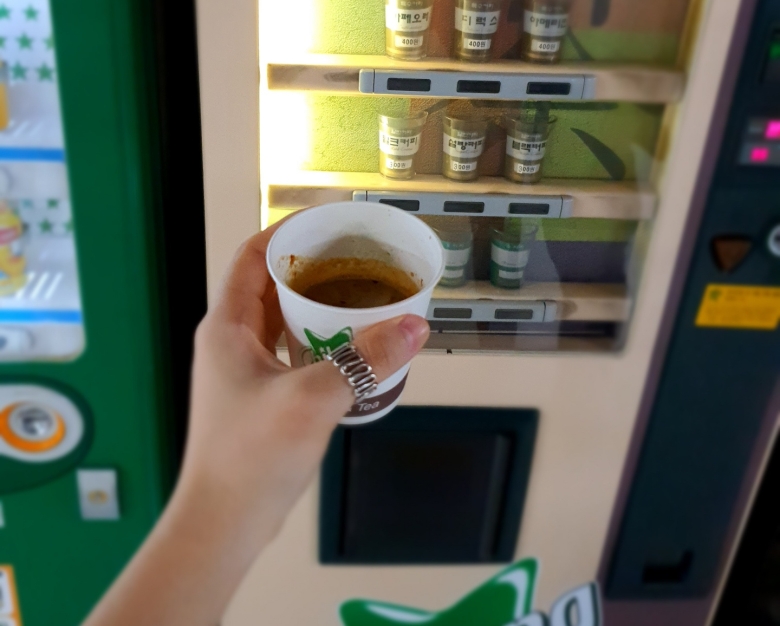In the Mood for Coffee

Photo: Courtesy of Lotte Hotel Seoul
As a part of the Leo Gala Series to give wider publicity to Korean culture and promote its beauty beyond the facade, Asia Society Korea brings to you a unique coverage of the coffee culture that has reached a point of "craze" in the land of the morning calm.
People who assume that Korea has more of a tea culture than a coffee culture will be surprised to find out that the coffee industry in Korea is one of the largest in the world. In 2019, the industry had a predicted value of $5.6 billion. The immense size of this industry serves as indisputable evidence of Korea’s coffee craze.
Coffee was first mentioned in Korean history in the late 19th century. However, it wasn’t until the mid-20th century that coffee shifted from being a delicacy among royals to a common beverage in people’s everyday lives.
In the mid-20th century, dabangs(다방), old-style coffee and tea houses, started appearing on the streets. At first, dabangs sold mostly tea. Then gradually, as coffee became easily accessible through U.S. military stores called post exchanges (PXs), dabangs began to introduce coffee to the public. There were concerns that black coffee might be harmful to an empty stomach, so dabangs added egg yolks. This special coffee with an egg yolk was branded as ‘morning coffee,’ a refined beverage and breakfast for busy office-workers. Despite the price of ‘morning coffees’ being rather high, the specialty drink gained great popularity.
Another popular item from dabangs was the dabang coffee. It was a mixture of coffee, creamer, and sugar. The ratio was unique to each dabang, Korean sauna, and coffee cart that sold the beverage. This caused a popular debate on the method and ratio of the three ingredients for making the best dabang coffee during the 1980s and into the 1990s. As more varieties of instant coffee became available and foreign coffee shops such as Starbucks started to enter the market, the debate disappeared, but it was enough to emphasize Koreans’ interest in the beverage.
In September 1970, Korea produced its first instant coffee, making it available to be consumed at home. By December 1976, an instant coffee packet inspired by dabang coffee, ‘mix coffee,’ was created. Moreover, in the 1980s, vending machines sold ‘mix coffee’ and were placed in almost every office, on the streets, and outside restaurants. At times, the vending machines were called gil-dabangs, which translates to street-dabangs. For less than a quarter, you could enjoy a cup of coffee and it was easily accessible to everyone. These series of developments followed by the absence of a dessert culture led to coffee becoming a common beverage and dessert for Koreans.

Today, instant coffee and coffee vending machines have seemingly vanished. Instant coffee is not as favored as freshly brewed coffee and with cafés on almost every corner, there is no need for a coffee vending machine. Nevertheless, as a more affordable and convenient option, instant coffee can still be found in offices. You may also be able to spot small coffee vending machines that serve ‘mix coffee’ outside restaurants or train stations.
During your next trip to Korea, spare a day to experience the coffee or café culture. Explore the streets of Seoul in search for a dabang. Set out on an adventure to find a vending machine that sells ‘mix coffee.’ Perhaps you could try café-hopping in Korea for all the extraordinary, ‘instagramable’ drinks and dessert.
